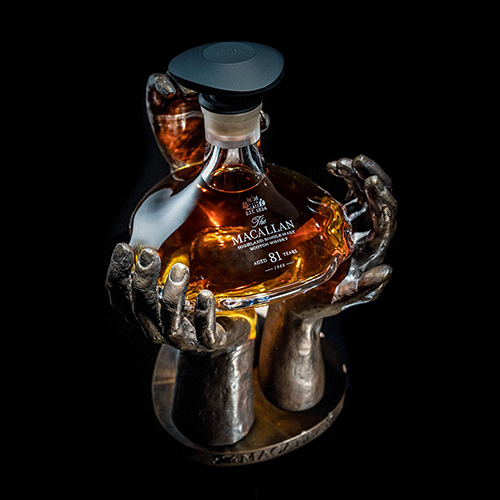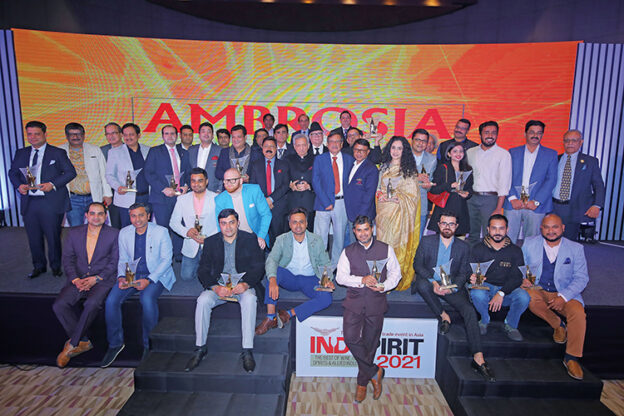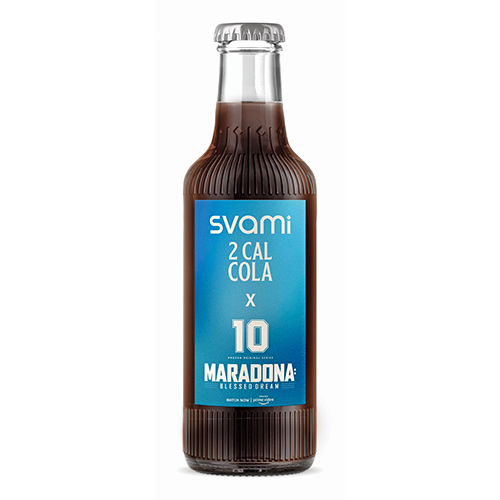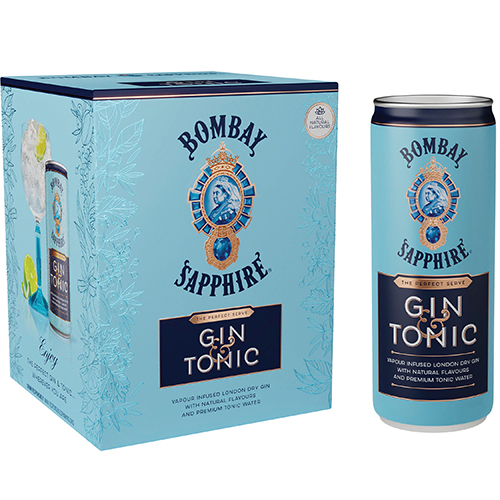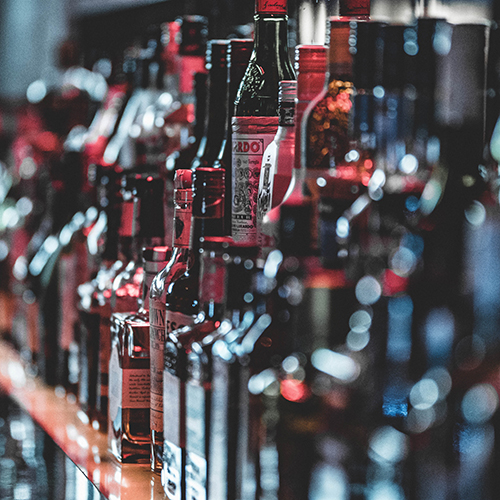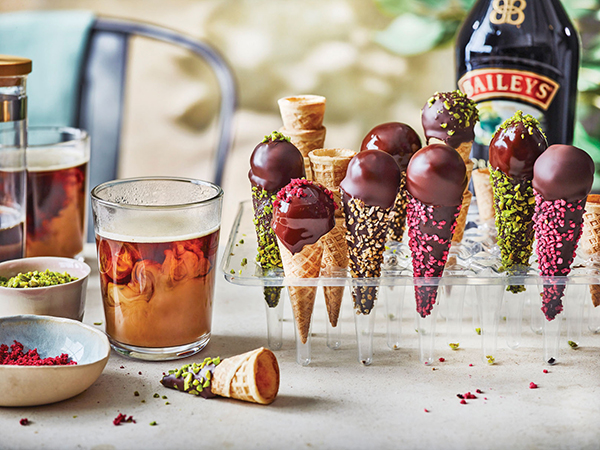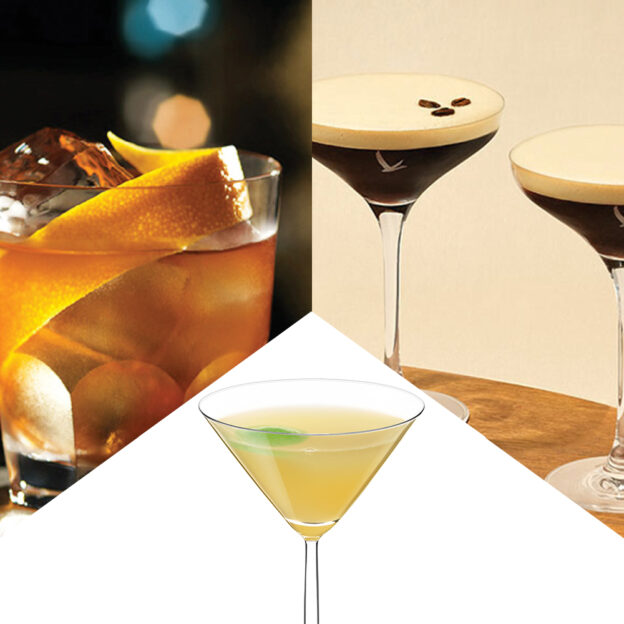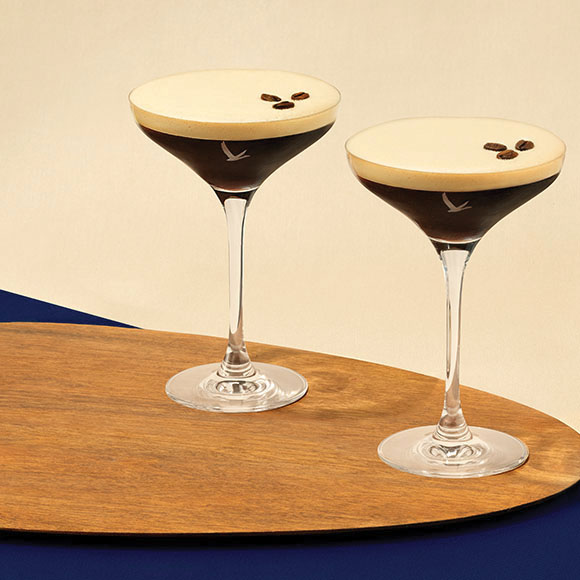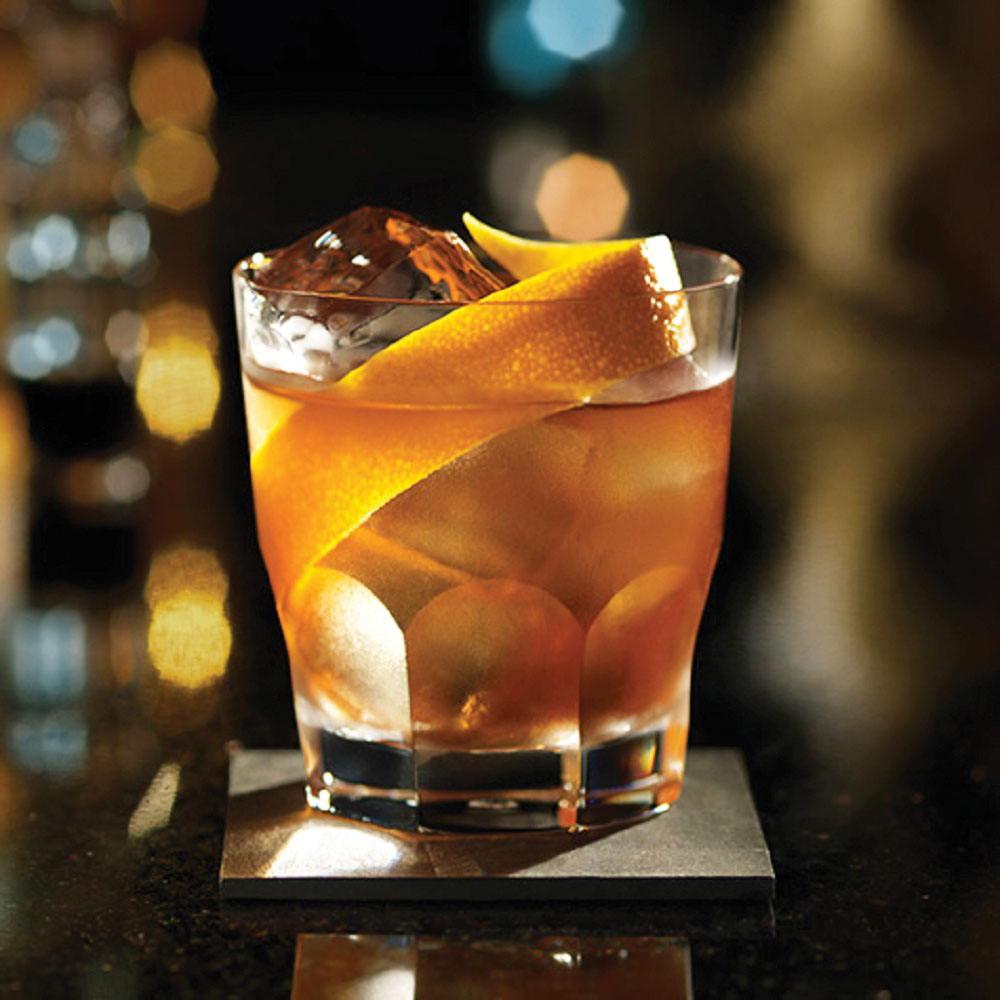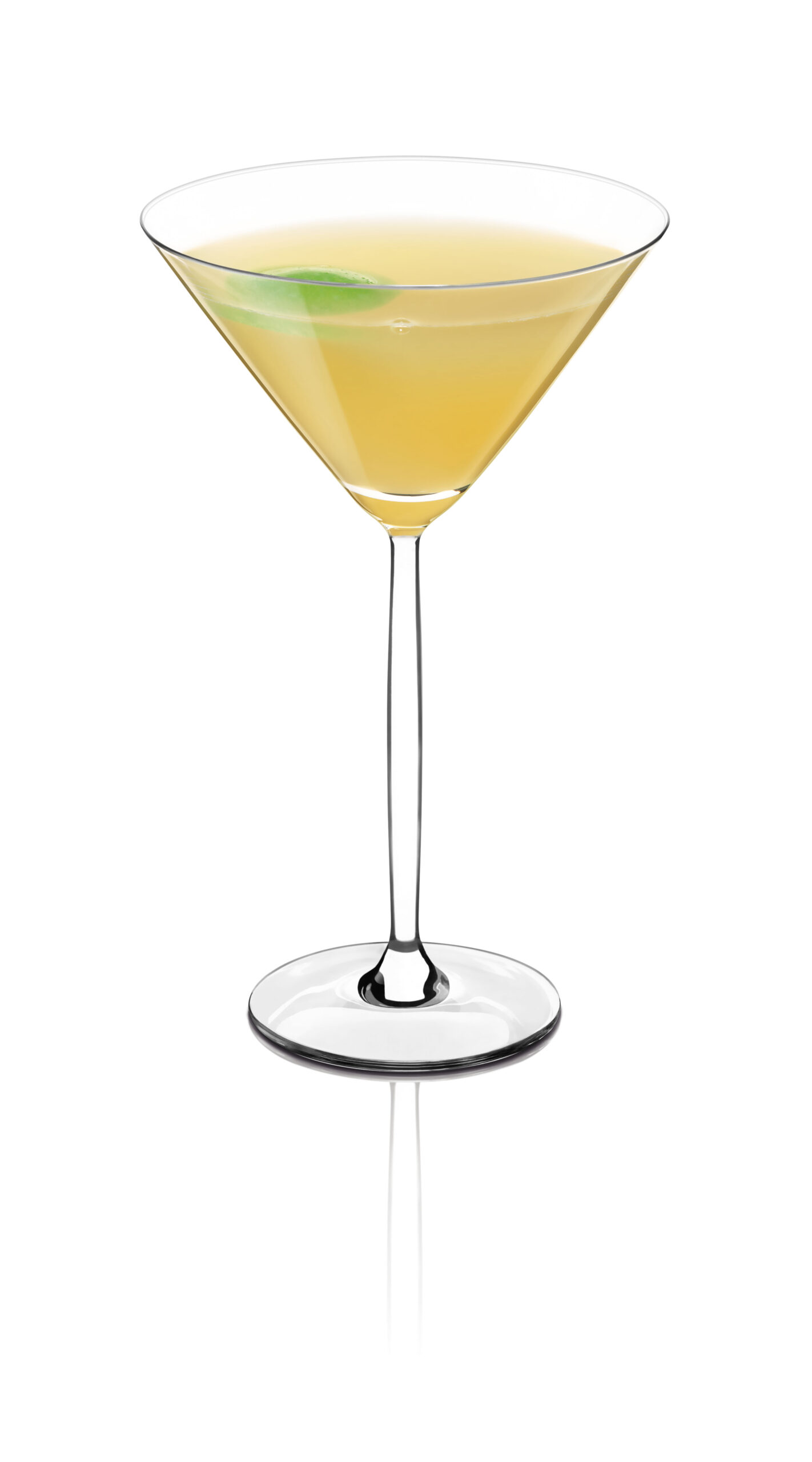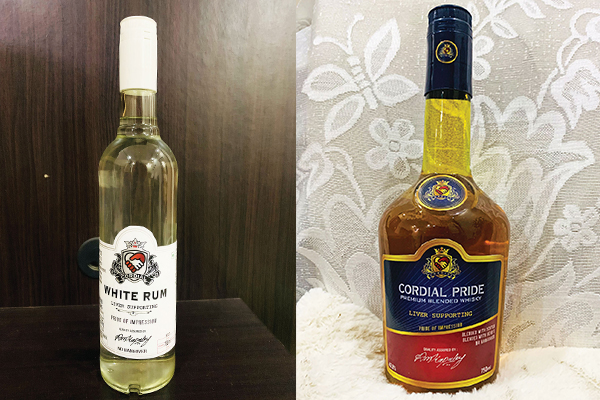Spokesperson: Mr. Ankit Gupta, Gov Body Member, ASPA (Authentication Solution Providers’ Association)
What has been the counterfeiting scenario in the spirits industry during the Covid crisis?
During the Covid crisis, alcohol in India has emerged as the sector with the largest number of counterfeiting incidents. This includes adulteration, trademark infringement, fake liquor, fraud, and other ways to copy products. According to ASPA counterfeit news repository study, alcohol continues to be in the top five sectors in 2018, 2019 and 2020 facing these risks. The same trend continued through 2021. Alone in Uttar Pradesh officials had seized approximately 12.57 lakh litre illicit liquor till November 2021 (Source: Aabkari Times, December 2021).
Despite being one of the most regulated sectors, in normal circumstances also alcohol industry is one of the biggest victims of counterfeiting and illicit trade. During the pandemic the industry was hit badly as sales through restaurants, hotels, etc. was adversely affected. Drinking at home became more acceptable and picked up but was still not enough to substitute the lost revenues. While the industry was struggling with low demand, criminals exploited the demand-supply gap to sell more quantities of counterfeit liquor, creating an even bigger threat to human well-being.
Why is the alcohol industry one of the top targets for counterfeiters and illicit trade?
Criminals are attracted to the alcohol industry because of various reasons e.g. high profitability, evasion of taxes, low consumer awareness, lack of universal pricing in India as well as high demand. In addition to this, the easy availability of raw material Methyl Alcohol, which is widely used for industrial purposes is another reason.
The margins for criminals are considerably huge and despite regulations, the task of counterfeiting and illicit trade is not being made challenging enough for them. During lockdowns, restricted access to and availability of good quality liquor gave a bigger push to the sale and purchase of counterfeit or illicit liquor. In some cases, it was observed that people saw the acquisition of liquor in difficult times at higher rates as social status or public image booster.
The danger has increased as criminals are using more reckless methods of producing and smuggling alcohol. For instance, many incidents of liquor being produced from sanitizers or ethyl alcohol or spirits from petrol and diesel mixed with colour being sold in copycat or discarded packaging surfaced across the country. These products are hazardous.
How can counterfeiting be controlled effectively post-pandemic?
Development of a solution always starts with recognising the problem and assessing its magnitude. Counterfeiting has been underestimated and this has prevented the development of a robust strategy and solution to curtail it. The fight against counterfeiting and illicit trade needs to be fought from three fronts – policy, brand, and consumer. A policy framework that guides support and nurtures an ecosystem which strong against counterfeiters. It should protect businesses and consumers against counterfeiting malice while enabling effective law enforcement and effective punishment to those who commit the crime.
Being an integral part of the system, brands should take solid steps to protect their products by building an adequate defence of anti-counterfeiting solutions and traceability infrastructure. For instance, multi-layered protection through packaging by implementing anti-counterfeiting solutions which make it almost impossible to copy – one-time break seals and sleeves. Supported by smart solutions such as tax stamps, digitally readable labels, QR Codes, etc. Made more effective by awareness which educates consumers about how they can safeguard themselves from counterfeit products.
Consumers can play an important role in the fight against fakes, they are their first line of defence. A little bit of carefulness and attentiveness on their part while buying liquor can save them from getting cheated.
Can the online sale of alcohol be a welcomed trend? Can it help in curbing the sale of counterfeit liquor in the country?
The pandemic crisis has encouraged discussions about the online sale of liquor in many states. According to a survey by YouGov National survey findings, almost 60% of consumers are eager to purchase alcohol online. Safety and convenience have been cited as key reasons to prefer the e-commerce channel to buy alcoholic beverages. While the online channel offers consumers more choice leading to innovation within the category and incremental revenue opportunities for state governments, we need comprehensive regulations and safeguards for selling liquor online and need to tread with a lot of caution. The process and compliance regulations for alcohol delivery will vary from the delivery of groceries or essentials. Moreover, the possibility of alcohol being seized during transit and the adulteration of alcohol by criminals cannot be ruled out either. The authentication industry can offer technology-enabled packaging and anti-counterfeiting solutions that can plug these risks and challenges. The digital footprint cn help in traceability and if done with proper provisions it can ease the process of identifying and catching frauds.


